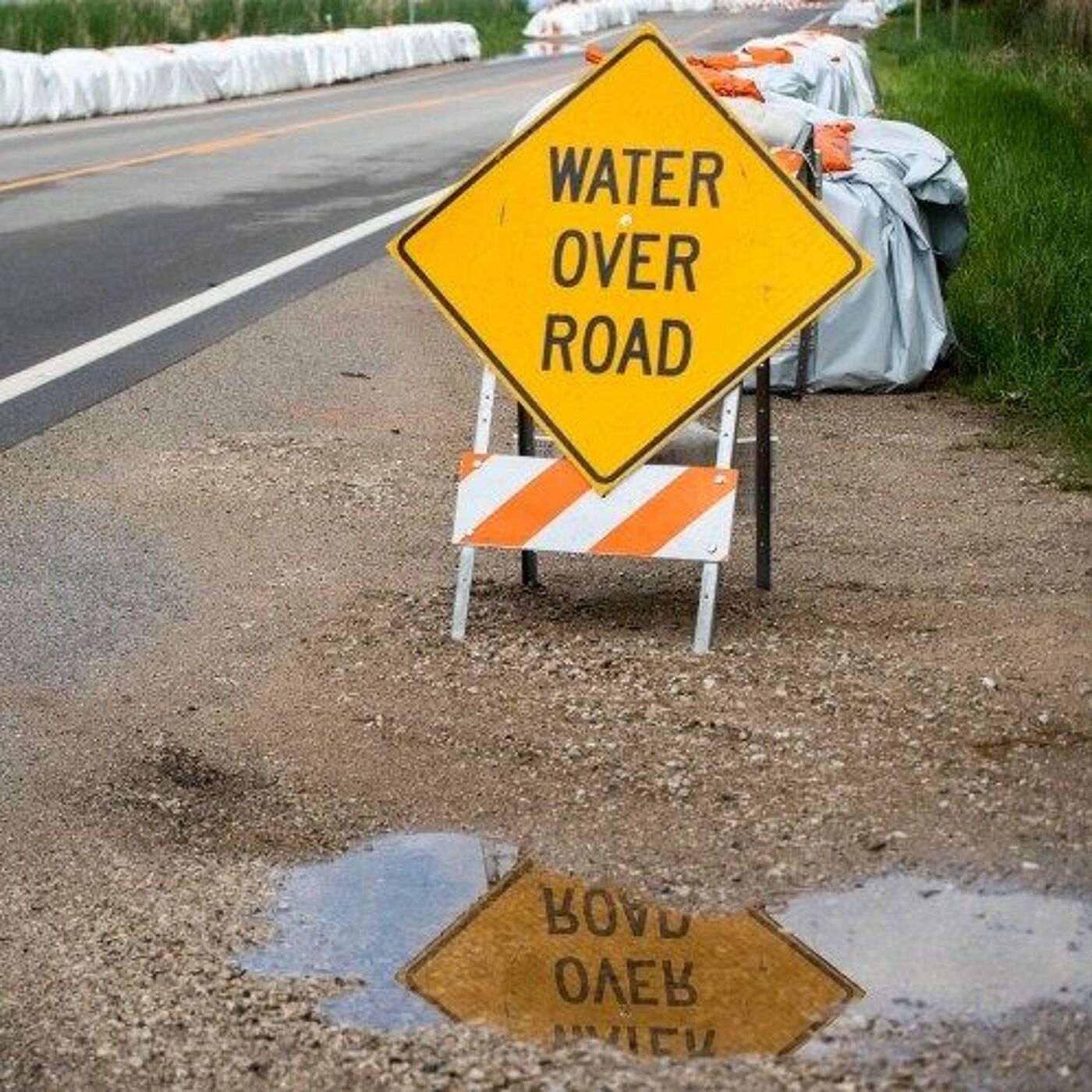- Government
- SEE MORE
- classical
- general
- talk
- News
- Family
- Bürgerfunk
- pop
- Islam
- soul
- jazz
- Comedy
- humor
- wissenschaft
- opera
- baroque
- gesellschaft
- theater
- Local
- alternative
- electro
- rock
- rap
- lifestyle
- Music
- como
- RNE
- ballads
- greek
- Buddhism
- deportes
- christian
- Technology
- piano
- djs
- Dance
- dutch
- flamenco
- social
- hope
- christian rock
- academia
- afrique
- Business
- musique
- ελληνική-μουσική
- religion
- World radio
- Zarzuela
- travel
- World
- NFL
- media
- Art
- public
- Sports
- Gospel
- st.
- baptist
- Leisure
- Kids & Family
- musical
- club
- Culture
- Health & Fitness
- True Crime
- Fiction
- children
- Society & Culture
- TV & Film
- gold
- kunst
- música
- gay
- Natural
- a
- francais
- bach
- economics
- kultur
- evangelical
- tech
- Opinion
- gaming
- College
- technik
- History
- Jesus
- Health
- movies
- radio
- services
- Church
- podcast
- Education
- international
- Transportation
- Other
- kids
- podcasts
- philadelphia
- Noticias
- love
- sport
- Salud
- film
- and
- 4chan
- Disco
- Stories
- fashion
- Arts
- interviews
- hardstyle
- entertainment
- humour
- medieval
- literature
- alma
- Cultura
- video
- TV
- Science
- en
Maintaining Bridges In An Era Of Climate Volatility

On this week\u2019s Talking Michigan Transportation podcast, a discussion about the long-term challenges for transportation infrastructure presented by a volatile climate.
First, Hugh McDiarmid Jr., director of communications at the Michigan Department of Environment, Great Lakes and Energy, joins to talk about the High Water Action Team convened earlier this year by Gov. Gretchen Whitmer.
Wednesday, Gov. Whitmer signed Executive Order 2020-182 and Executive Directive 2020-10 to create the MI Healthy Climate Plan. The governor\u2019s comprehensive plan will protect Michiganders\u2019 public health and the environment and help develop new clean energy jobs by putting Michigan on a path toward becoming fully carbon-neutral by 2050.
"The science is clear, and message urgent: the earth\u2019s climate is now changing faster than at any point in the history of modern civilization, and human activities are largely responsible for this change,\u201d says the executive directive.
McDiarmid explains that Michigan\u2019s water levels are at their highest in more than two decades, causing millions of dollars in damage to private property and public infrastructure, like roads and bridges.
Traffic has been disrupted across the state as flooding and high water flowed over roads and bridges. The problem is particularly acute on the Lake Michigan shore, where roads have been under water in Benton Harbor, Montague, Whitehall, Pentwater, and Elberta in Benzie County. Inland areas have also suffered damage as well as roads near Lake Huron.
Erosion severely damaged the popular Little Traverse Wheelway between Charlevoix and Petoskey and a study indicated restoration could cost millions.
Matt Chynoweth, MDOT\u2019s chief bridge engineer and director of the department\u2019s Bureau of Bridges and Structures, joins the podcast to talk about the perils high water presents for bridge supports, and MDOT\u2019s intensive inspection procedures.\xa0
Chynoweth explains that the issue is not so much the annual precipitation totals but more about the increased frequency of extreme events. Given the median age of bridges in the state, he details how MDOT inspectors monitor bridges and structures around the state during these more frequent and higher intensity flooding events.\xa0
He also explains the concept of bridge scour and why the sustained high water is of particular concern.